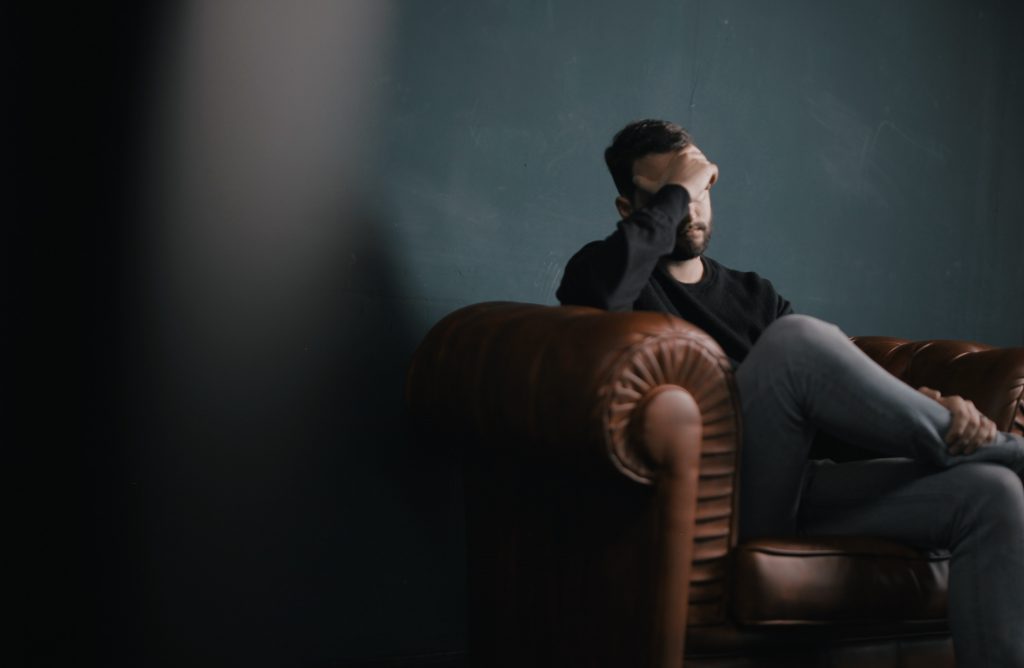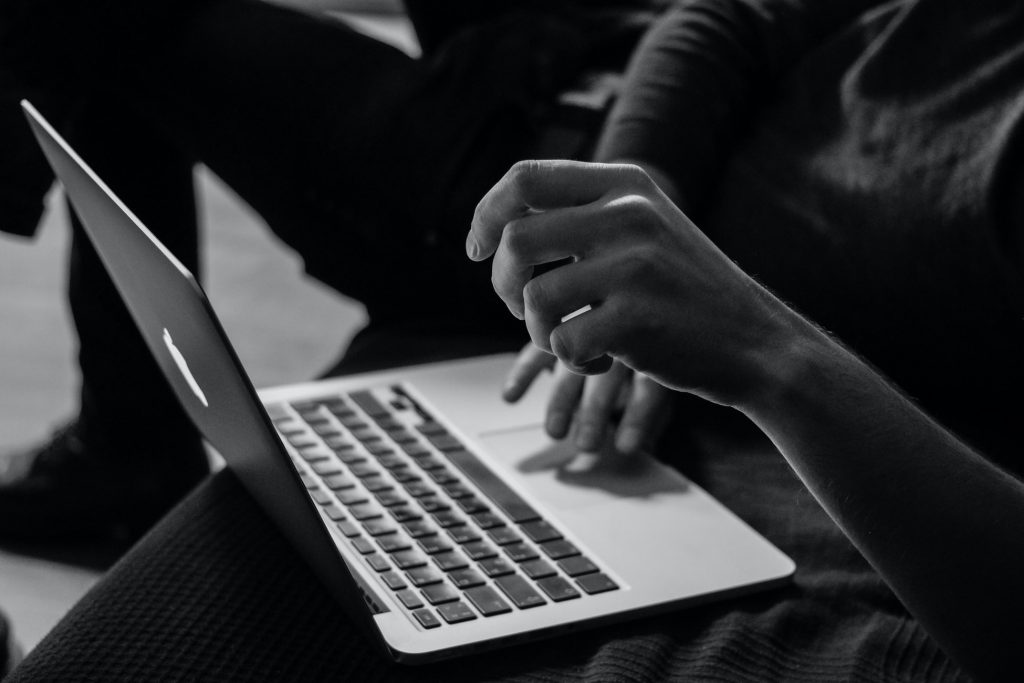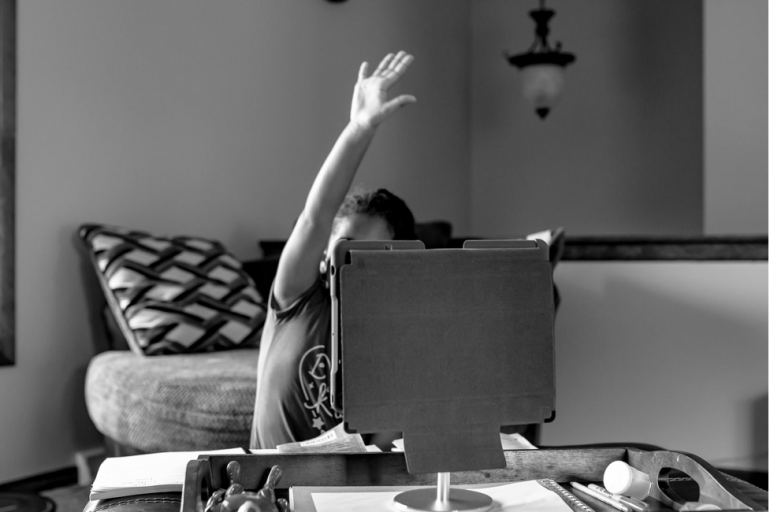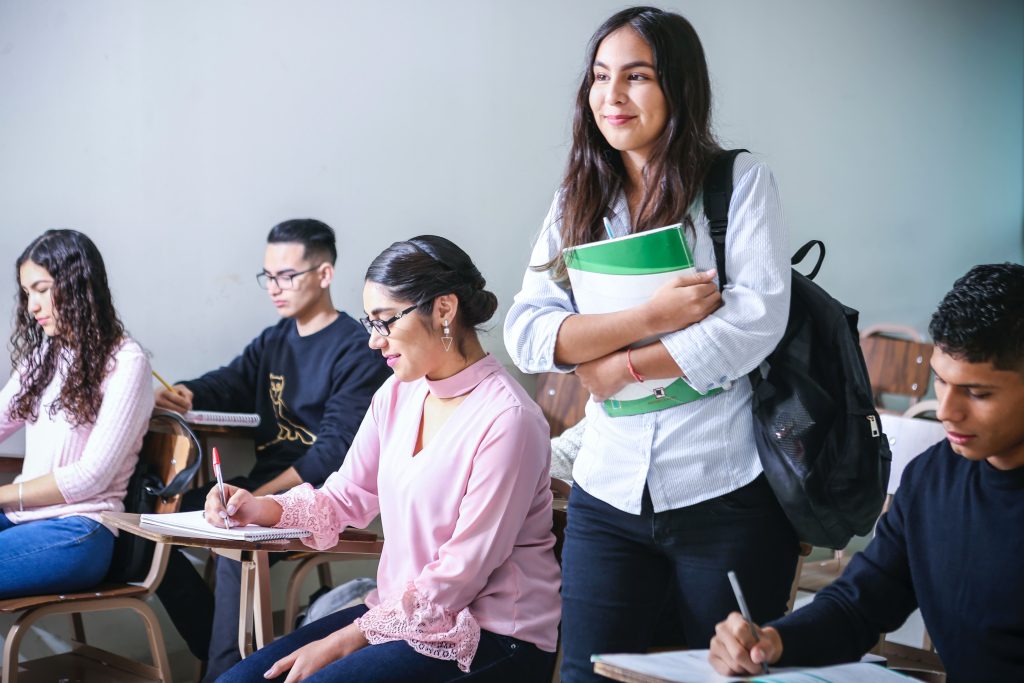Remote education has become an integral part of the life we now call the new normal — life since the outbreak of the COVID-19 pandemic. It forced millions of students and teachers into online classrooms, to face online education problems and we are currently witnessing the fruits of this educational experiment.
It’s been almost a year since schools and colleges locked down, and we can now say with certainty: it failed. Pandemics and education have intertwined in unprecedented ways, leading to significant disruptions and transformations in the way we teach and learn. The effects of virtual learning on students are massive and we need to admit it.
Remote learning before COVID
Before we assess the damage from the enforced mass-scale transition to remote learning, we should understand how it was used before the pandemic hit in early 2020.
Remote or distance learning is a format of education in which teachers and students are physically separated and use technology to communicate and work on assignments. To study remote means to explore and harness the potential of technology-enabled communication and learning methods, transcending physical barriers to acquire knowledge and engage in educational experiences from anywhere, anytime.
Thanks to advancements in educational technology (EdTech) and the fact that educational institutions had become more open to alternative forms of teaching, remote classes were growing in popularity even before the pandemic.
But at the end of the day, it was a matter of convenience. Only students who couldn’t be physically present in classes and had all the necessary means to access them online could take up remote learning. Meanwhile, the vast majority still preferred to attend school in person.

Photo by Hannah Wei on Unsplash
Why remote learning failed
Problems with remote learning started appearing at once. Unreadiness was the main reason behind this educational catastrophe. When schools and colleges first relocated to online classrooms, some people were moaning about how it would disrupt the educational process and what are the disadvantages of remote learning, while others remained more hopeful, pointing towards the growing success of learning remotely. The problem is that such education only seemed so successful because the students and teachers who were using it already knew how to implement it correctly. Unfortunately, they were in a very small minority.
Once the transition occurred, it became clear that most schools and colleges weren’t prepared for remote studies and challenges of remote learning for students and teachers have only been growing. The unreadiness of teachers and their despair is said to be the first among pandemic effects on education. Their teachers weren’t trained to conduct online classes and didn’t know how to use basic online learning tools. Remote learning effects on students started showing up approximately at the same time as some students struggled with programs as well. Here is the first time when students started realizing that remote studying is not easy as well. As they understood, a remote student is a student who engages in learning activities and completes all of the tasks primarily through online platforms and virtual environments.
Even worse remote learning effect on students appeared when it turned out that many students don’t have access to such basic technologies as a computer and internet connection. Naturally, wealth was a huge factor in determining access to online classrooms, which is why poorer students were affected more than the rest.
Back in the day, it would have been crazy to think that such a small factor as unreliable WiFi would be a serious problem for the quality of education. But as we see now, the technology gap drastically widened education in 2020 and poorer students have faced even more negative effects of virtual learning.
Everyone starts to give up
Another problem with online learning is the lack of control over students, which has led to rising absenteeism, both involuntary (due to justifiable circumstances) and voluntary (skipping class for no justifiable reason). In these times, teachers have a harder time determining why a student has missed a class, so some educational establishments have simply given up and stopped requiring students to attend classes. Although they still require students to submit and pass exams, this decision has negatively impacted the quality of learning and has had a major pandemic effect on education.
It’s also practically impossible to check on students during class to make sure they’re paying attention. Most video chat programs used in online learning allow users to mute their microphones and turn off the webcam, so unless the teacher has disciplined students to maintain eye contact at all times and show engagement, there’s no way to tell what they’re actually doing during class. Unfortunately, few teachers have been able to create a productive online learning environment during remote learning day.

Photo by Nik Shuliahin on Unsplash
Cheating goes unchecked
Controlling cheating during online exams is a serious educational challenge. For centuries, students have been coming up with incredibly creative ways to cheat on exams, but old tricks can’t come close to what’s possible with modern technology.
Screen sharing allows students to share their screens with another person to get help during an exam.
Surfing the internet in a different window to find test answers is very easy because online exams lack supervision.
Using other devices such as smartphones and tablets to find exam answers is also pretty standard while learning remotely.
Logging off under the pretext of connectivity problems or other technical issues and using a brief period of time to find the answers is a risky but widespread technique.
Remote learning also allows for less sophisticated methods of cheating as well. Some students have family members and friends stay in the room with them and help them pass the test.
Overall, there’s an infinite number of ways to cheat in an online classroom, and we’ll surely see more of them in the future if the online education system does not change. The problem is that while students’ grades are improving, the quality of their knowledge is going downhill. Learning of students has definitely gone in a wrong direction due to the education during the pandemics.
The lucky few who have benefited from remote learning
Here’s the good news: the advantages of remote learning are also found. Remote learning is not for everyone, but some people truly thrive on it. On the one hand, it requires a lot of self-organization and diligence, but on the other hand, it eliminates many of the problems with in-person learning.
For one, it allows students to learn at their own pace. Usually, online education allows for more flexible schedules, which means taking a break when you need one and planning your timetable more effectively to maintain high productivity. There are also fewer distractions from classmates and no temptation to talk to your deskmate during class. Lastly, remote learning is a massive relief for students suffering from social anxiety because it doesn’t require active social interaction. We have noticed a massive positive impact of online learning on students like those.
It looks like some students might want to continue online courses when the pandemic is over because they’re better off this way. So we can say that education during pandemic has been a success and a positive twist in the lives of some students.
What does the future hold?
While reading these discouraging results, one may wonder, what do we do about them?
The symbiotic relationship between the pandemic and education highlights the crucial role of adaptable and resilient educational systems in times of crisis. Of course, we can’t eliminate pandemic effects on students now and we found out that pandemic education is not effective, but on the other hand, we’ve learned that the impact of remote learning on students can be surprisingly effective for responsible students who have access to computers and the internet. Still, it doesn’t work on a mass scale due to the lack of preparation and organization. A reasonable solution would be to keep distance education as an alternative mode of learning for those who can excel with it.
We’ve also realized the need to reopen educational establishments as soon as safely possible in order to let remote students be again in their most effective surroundings. With the invention of COVID vaccines, there’s hope that it will happen sooner than we initially thought. However, global vaccine rollouts won’t happen overnight, and until then, schools and colleges that are already reopening have to comply with strict safety and social distancing measures.





